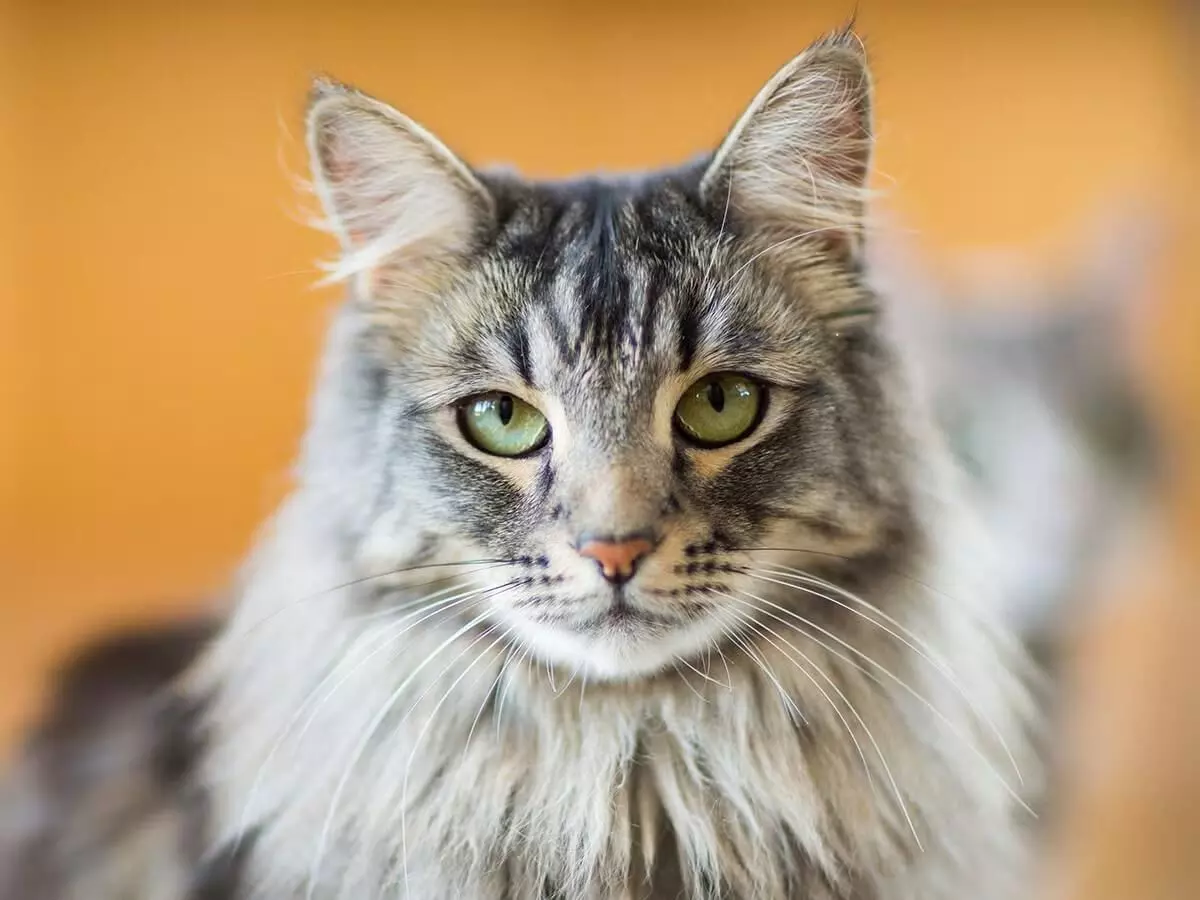Global cat day: Tracing its journey from temples and tombs to modern homes
Across India, in temple courtyards and family kitchens, cats have long had their own quiet place in belief and folklore
By - Anoushka Caroline Williams |
Hyderabad: Long before the internet crowned cats as its reigning monarchs, ancient civilizations had already built them thrones of stone and stories of divinity.
On Global Cat Day, as cat lovers around the world celebrate their quiet companionship, it’s worth remembering that for centuries, the cat has been far more than a pet. It has been a protector, a symbol, and in many cultures, a small, furred deity.
Across Time and Belief
The earliest known love letter to cats comes from ancient Egypt. Archaeologists have found paintings of cats resting under chairs, etched onto tomb walls from over 4,000 years ago.
The goddess Bastet, half-lioness, half-domestic cat, was seen as a guardian of home, fertility, and joy. Killing a cat, even accidentally, was once punishable by death.
But the story of sacred cats does not end on the Nile.
Across India, in temple courtyards and family kitchens, cats have long had their own quiet place in belief and folklore.
In Indian Homes and Myths
In many parts of rural India, cats are woven into ritual and superstition, neither feared nor fully worshipped, but deeply respected.
In Bengal and Assam, Shashthi, the goddess of fertility and children, is often depicted with a cat by her side. Families traditionally leave out offerings of rice or milk for the goddess’s feline companion, believed to protect infants and new mothers.
“In old folk tales, cats are messengers, moving between the domestic and the divine,” Dr. Rituparna Chatterjee, a folklorist, told NewsMeter. “They were trusted with sacred duties because they were watchful and independent. That duality made them mysterious but necessary.”
In Tamil households, cats are still seen as quiet participants in ritual life. Some families avoid shooing them away during mealtimes, a small act of reverence rooted in the idea that food offered to animals completes the circle of giving.
The Cat as a Moral Symbol
The Panchatantra, India’s classic collection of moral tales, features the cat as both cunning and wise. In one story, a cat poses as a holy ascetic to deceive birds; in another, it becomes an unlikely protector. The cat’s intelligence, agility, and self-reliance made it a natural metaphor for survival in a complicated world.
“Unlike dogs, cats didn’t conform to human loyalty,” says Dr. Arvind Krishnan, cultural historian. “They followed their own rhythm. That independence was unsettling to some and admirable to others, which is why cats are rarely villains or saints in Indian myth. They simply are.”
From Temple Guardians to Street Companions
Walk into a temple in Kerala or Tamil Nadu early in the morning, and you may spot a cat stretched out by the oil lamps, unbothered by the chants and footsteps. Temple priests rarely chase them away.
“They keep snakes and rats at bay, but there’s also an old belief, you don’t deny a cat shelter in a temple,” says Raman Nair, a caretaker at the centuries-old Thiruvanchikulam Temple in Thrissur. “They are considered part of the ecosystem of the shrine.”
In Varanasi’s old ghats and in Goa’s church lanes, cats weave through the architecture of worship, as if religion, too, needs quiet witnesses.
The Science Behind Reverence
Modern science has begun to explain some of what ancient people seemed to sense intuitively. Cats’ sensitivity to energy and vibration, their instinct for calm, and their ability to detect illness have drawn research interest. Studies have shown that cat purring, typically between 25 to 150 Hz, can promote healing in bones and tissue.
“Many spiritual traditions recognised something in cats that science is only now beginning to measure their impact on human emotional balance,” says Dr. Meera Sethi, psychologist and animal-assisted therapy specialist. “They slow you down, literally. When a cat sits near you, your breathing changes.”
Perhaps that quiet stillness, the pause between motion, is what earned them their sacred place across cultures.
From Reverence to Responsibility
Today, as millions of cats live on the streets or in shelters, the idea of the “sacred cat” takes on a different meaning. Reverence can no longer be symbolic; it must translate into care.
Animal activist Rohit Menon, who runs a trap-neuter-release program, puts it simply: “If we truly believe cats are sacred, then feeding them, vaccinating them, and protecting their habitats is the modern prayer.”
On this Global Cat Day, that sentiment rings louder than any myth.
A Shared Destiny
The cat’s story, from Egyptian tombs to Indian courtyards, is not about divinity as much as it is about coexistence. Civilizations saw in cats what they wished for themselves: grace under pressure, independence within community, silence amid chaos.
They walked beside us, not behind.
And perhaps that’s why, thousands of years later, they’re still here, patient, watchful, and sacred in their own unassuming way.